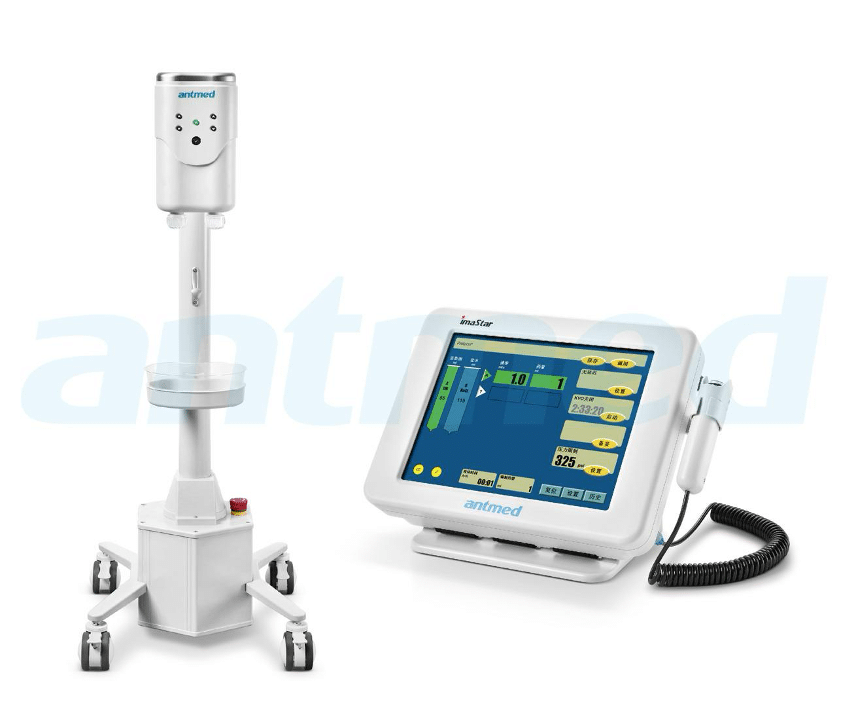Magnetic Resonance Imaging (MRI) scans are an important part of modern medical diagnostics. They provide clear images of the inner structures that are crucial for the accurate detection of diseases and the planning of treatments.
Today, one of the key components of MRI technology—the use of contrast media— still remains confusing to many patients. In this blog post, we’ll take a closer look at the differences between MRI with or without contrast; keep reading!
Understanding MRI With or Without Contrast
MRI without Contrast
MRI scans without contrast rely solely on magnetic fields and radio waves to generate images of internal body structures. It is a standard imaging technique commonly applied for general diagnostics purposes, such as the examination of the state of organs, joints, and tissues. It is mainly applied for routine checkups and initial scans in cases where abnormalities are not anticipated to require intricate differentiation.
MRI without contrast is non-invasive, quicker to administer, and more cost-effective. It thus becomes the first choice for many situations, though it may be limited in certain situations where visualization of tissues or abnormalities at a high definition becomes important.
MRI with Contrast
MRI scan with contrast, on the other hand, uses contrast agents. The contrast agents are injected into the bloodstream of the patient for better visibility of certain areas. These agents, usually gadolinium-based, bind to blood vessels and tissues, thus improving the resolution of the scan and allowing radiologists to better detect issues such as tumors, inflammation, or vascular anomalies.
MRI scan with contrast amplifies differences in tissue composition, providing unparalleled detail that can be critical in diagnosing complex medical conditions. Although the process with contrast agents involves a few more steps, the accuracy that it gives normally outweighs the minor drawbacks.
MRI scan with contrast vs. without is essentially a matter of clinical conditions, and both of these approaches have varying advantages concerning the diagnosis in specific cases.

Comparison: MRI Scan with Contrast vs. Without Contrast
When is MRI Without Contrast Sufficient?
Most of the time, diagnostic input is obtained with MRI without contrast. This is usually the case when the examination is routine or when it is not expected that complex abnormalities will be found.
It is most commonly used to evaluate musculoskeletal complaints, to identify organ inflammation, or to monitor known conditions where enhanced imaging is unnecessary. It is fast, cost-effective, and does not require invasive procedures.
When is MRI Scan with Contrast Preferred?
There are conditions that necessitate the greater sensitivity provided by MRI scans with contrast. For instance, the detection of tumors, vascular malformations, or lesions within soft tissues often necessitates the use of contrast agents in order to highlight abnormalities that would otherwise go unnoticed. The contrast medium enhances tissue differences, and radiologists can distinguish between healthy and diseased areas with great accuracy.
Which One is Better?
Non-contrast MRI is often sufficient for routine scans, whereas complex conditions and suspected abnormalities benefit from the added detail that contrast agents provide. Neither is better than the other; it depends on clinical need and the degree of precision required for diagnosis.

How Antmed’s Contrast Media Injectors Enhance MRI Scans
Antmed’s contrast media injectors are indispensable in optimizing MRI scan with contrast. The MRI Dual Head Injector is an exemplary product for the accurate and efficient delivery of contrast agents.
With Bluetooth-enabled wireless communication, Antmed’s MRI Dual Head Injector eliminates cumbersome cable installations and allows effortless mobility between rooms. Its independent dual motor drive systems independently load and fill A/B syringes, saving valuable time and enabling precise saline and MRI contrast dye injection.
Safety is paramount, with features like double confirmation prompts, automatic injection slowdown near pressure limits, and alerts for safety thresholds with light and sound. What’s more, powered directly through a plug-in, this injector does not need a battery.
Conclusion
MRI scans with contrast and without contrast are very significant for medical diagnostics and serve the needs of individuals. While contrast scans provide unmatched resolution, especially in complicated cases, the non-contrast MRI offers general imaging solutions. The choice depends on the specific situation.
Further, the advanced contrast media injectors developed by Antmed increase the precision and speed of such processes, which establish their significance in high-level diagnostic imaging. Antmed’s contrast media injectors are what you should trust!
![Is MRI Scan with Contrast Better Than Without? [Expert Guide] Is MRI Scan with Contrast Better Than Without [Expert Guide]](https://metapress.com/wp-content/uploads/2025/01/Is-MRI-Scan-with-Contrast-Better-Than-Without-Expert-Guide-1024x576.jpg)